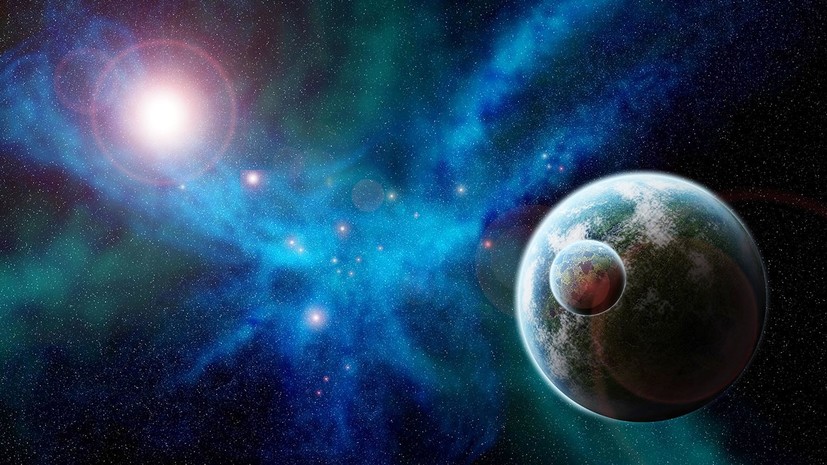Scientists from Harvard University believe that the list of potentially viable planets of the Milky Way can be significantly reduced. Previously unexplored factors affecting the absence of the atmosphere (as a necessary condition for the origin of life) are reported in the journal Nature.
With the development of equipment and scientific knowledge, the number of discovered planetary systems increases almost daily and amounts to more than 3,000. The total number of exoplanets of the Milky Way can reach 10 billion. Most of these celestial bodies revolve around red dwarfs - stars smaller than our Sun, and on each of these, life could theoretically be born. However, Harvard scientists believe that such planets, especially those in orbits close to their stars, may not have the atmosphere necessary for the origin and maintenance of life.
The researchers studied one of these celestial bodies - the terrestrial planet LHS 3844b - and found that it is a bare lifeless stone and does not have detectable layers of gases that could protect it from the dangerous radiation of the red dwarf and retain its heat.
LHS 3844b revolves around its sun in a short 11-hour orbit, with one side of the planet always facing the star and the other always in shadow. If there was an atmosphere on the planet, then part of the heat from the illuminated side would necessarily be transferred to the dark, the researchers say.
Scientists analyzed the data on the planet’s climate obtained by the Spitzer telescope and found that the side of the LHS 3844b facing the star is heated to more than 760 degrees Celsius, while on the dark side it is absolute zero. According to scientists, the obtained data indicate the absence of atmosphere in LHS 3844b and suggest that the planet's surface consists of dense rock (most likely basalt) and is a lifeless stone desert.

